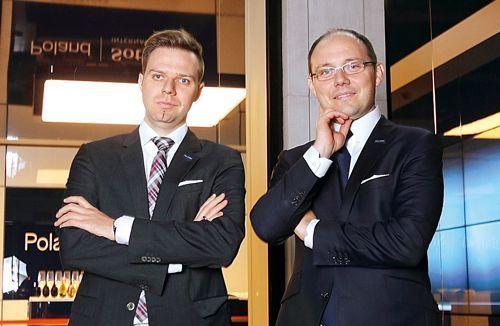In the wealth stakes, Poland still lags some way behind the most affluent European countries. “Polish affluence levels are considerably lower than those of the Western Europeans or the Scandinavians. In 2014 the average value of assets per capita amounted to USD 22,200 in Poland whereas in Norway it was as much as USD 268,000, in France it was USD 241,000 and in Germany USD 174,000. Also the number of HNWI (high net worth individuals), those with liquid assets of a minimum of USD 1 mln, is considerably lower in Poland. So it is no surprise that the average expenditure on luxury goods in Western European countries is many times higher than Polish expenditure. The average French person spends twelve times on luxury clothing, 18 times more on luxury jewellery and 15 times more on luxury watches than the average Pole does,” remarks Andrzej Marczak, a partner at KPMG in Poland and one of the authors of the ‘Luxury Goods Market in Poland 2014’ report. However, Poles h































































